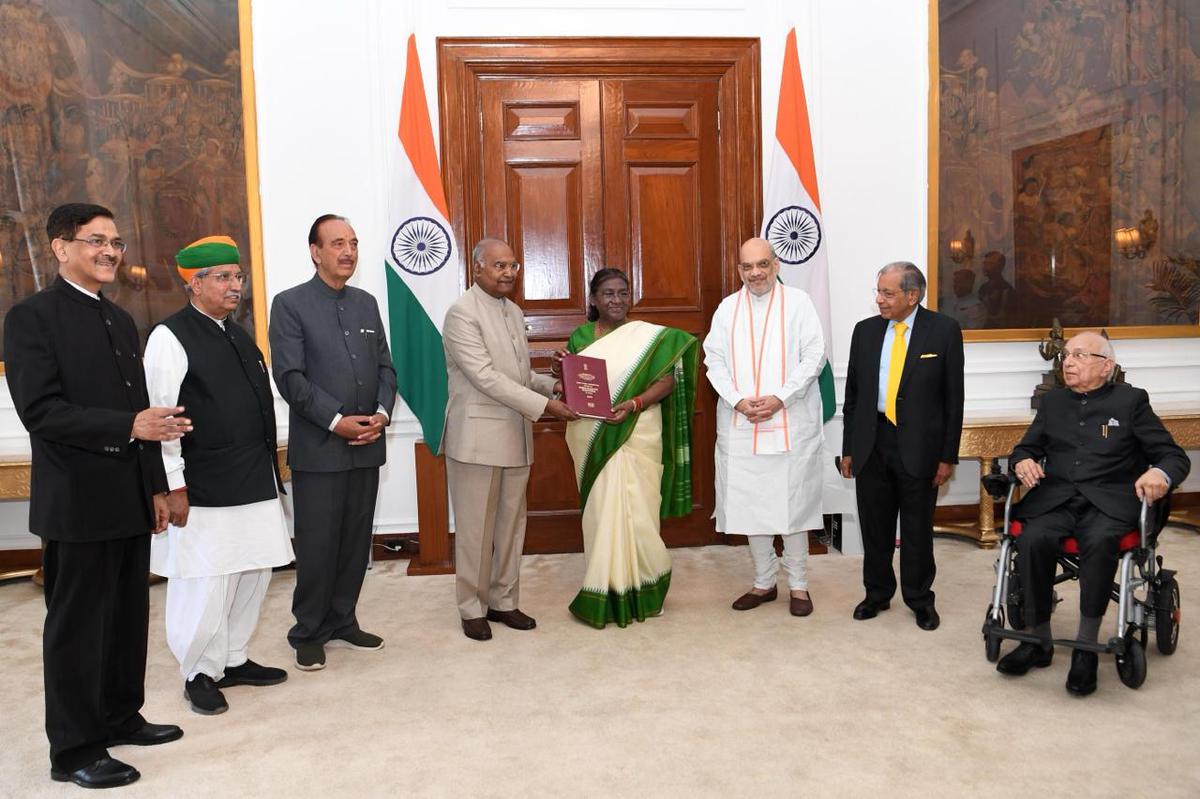Streamlining India’s Democracy: The ‘One Nation, One Election’ Proposal”
In a bid to overhaul India’s electoral framework, a committee led by former President Ram Nath Kovind has introduced the revolutionary concept of “One Nation, One Election.” This proposal seeks to synchronise elections across all levels of governance, promising greater efficiency, coherence, and accountability in India’s democratic process
Synchronizing Electoral Cycles for Efficiency and Coherence
he core principle of the “One Nation, One Election” proposal revolves around synchronising elections to the Lok Sabha, state assemblies, municipalities, and panchayats. By aligning electoral cycles, the proposal aims to streamline the electoral calendar and reduce the frequency of polls, thereby minimising disruptions and enhancing voter participation. This synchronisation would also save significant resources and manpower previously spent on conducting separate elections at different levels of government.
Moreover, when it comes to synchronised elections would foster a more conducive environment for policy making andalso governance. With elections occurring simultaneously, elected representatives would have a clearer mandate and longer uninterrupted periods to focus on governance rather than being constantly in campaign mode. This could lead to more coherent and consistent policy formulation and implementation, ultimately benefiting the country’s development agenda.
Constitutional Amendments and Logistical Considerations
Central to the implementation of the proposal are amendments to the Constitution, which introduce the concepts of full and unexpired terms. These amendments provide clarity on the timing of elections and ensure that all elected bodies complete their terms simultaneously every five years. Additionally, the proposal addresses logistical challenges, calling for meticulous planning by the Election Commission of India to procure equipment, deploy personnel, and estimate expenditures. The smooth execution of synchronised elections would require robust logistical planning and coordination among various stakeholders.
Furthermore, constitutional amendments are necessary to address legal and procedural intricacies associated with simultaneous elections. The proposal calls for amendments to Articles 83 and 172 of the Constitution, which govern the duration and tenure of the Lok Sabha and state legislatures, respectively. These amendments would lay the groundwork for synchronised elections and establish a clear framework for the conduct of polls at different levels of government.
for Governance and Democratic CultureImplications
Beyond its immediate implications, the “One Nation, One Election” proposal has far-reaching implications for governance and democratic culture in India. By reducing the frequency of polls, the proposal aims to alleviate the burden on voters and political parties, allowing for more focused and substantive electoral campaigns. Moreover, synchronised elections have the potential to foster greater accountability and transparency in governance, as elected representatives would be held accountable for their performance over a fixed five-year term.
In conclusion, the “One Nation, One Election” proposal represents a bold and ambitious vision for the future of India’s democracy. While it faces challenges and hurdles, including constitutional amendments and logistical considerations, the proposal offers a promising avenue for reform and renewal. By promoting coherence, efficiency, and accountability in the electoral process, “One Nation, One Election” has the potential to strengthen India’s democratic institutions and foster greater public trust in the political system.
